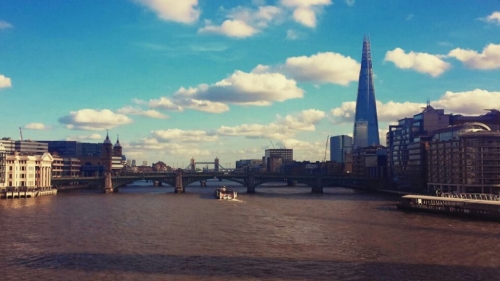Alt Investments
House Prices Soar In East London

House prices in London’s East end have exploded since planning laws were softened in 1987, with the total value of homes in Hackney rocketed by 864 per cent to £57.8 billion ($95.9 billion).
House prices in London’s East End have exploded since planning
laws were softened in 1987, with the total value of homes in
Hackney rocketing by 864 per cent to £57.8 billion ($95.9
billion).
The gentrification of East London has also caused Hackney’s
surrounding boroughs to soar, with Tower Hamlets and Southwark
rising by 684 per cent and 668 per cent respectively, as
seen in data reported by Stirling
Ackroyd.
The growth of East London’s housing prices has outpaced
Kensington and Chelsea, pipped to the fourth highest increase
with 661 per cent since 1987. Of course, in monetary terms it
outshines the East London boroughs, with residential property
worth £102.1 billion, expected to grow to £138 billion by 2017.
Westminster also experienced a 661 per cent growth in house value
in the past 27 years.
“As the capital’s economic and cultural heart grows outwards and
eastwards, the City fringes are demonstrating the greatest
dynamism,” said Andrew Bridges, managing director at Stirling
Ackroyd.
As of June 2014, the average house price in Greater London was
£440,00, compared to £545,00 in Hackney and £1.28 million in
Kensington and Chelsea. According to Nationwide’s House Price
Index for August 2014, the average price for property in the UK
was a mere £189,306 in comparison.
Prior to the planning law liberalisation in 1987, housing prices
in Greater London stood at £98,700, which have increased 345 per
cent in the 27 years since. In total, London’s residential
property is now worth over £1.5 trillion.
Stirling Ackroyd attributed East London’s growth to both
infrastructural and cultural impetus. The Docklands Light Railway
and City Airport were both opened in 1987, while the inflow of
workers from the creative industries helped shape Hackney as “the
threshold of London’s future”.
It has been argued that the influx of nouveau-riche bankers and
lawyers flocking to these newly-established “trendy”
neighbourhoods drove rent prices in these boroughs up
significantly.
The firm found this reflected in the household dynamics in Tower
Hamlets, as the average house was comprised of 2.51 people. This
was a drop from the 2.61 average in 1987.
“Wealthy professionals in places like Tower Hamlets and Chelsea
have led to smaller households in these areas, and we’ve seen
this change reflected in the average number of bedrooms in
new-build developments,” Bridges said.